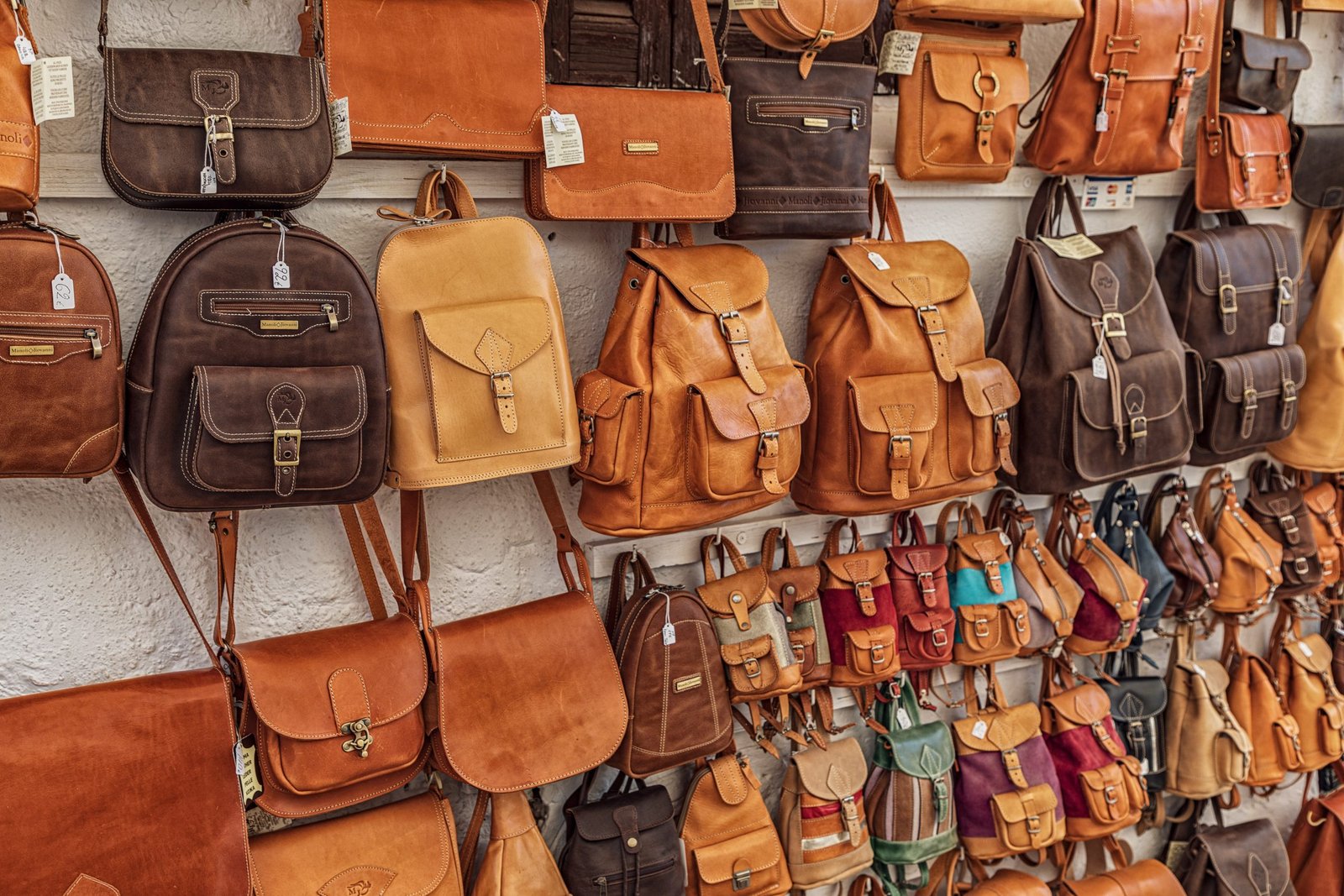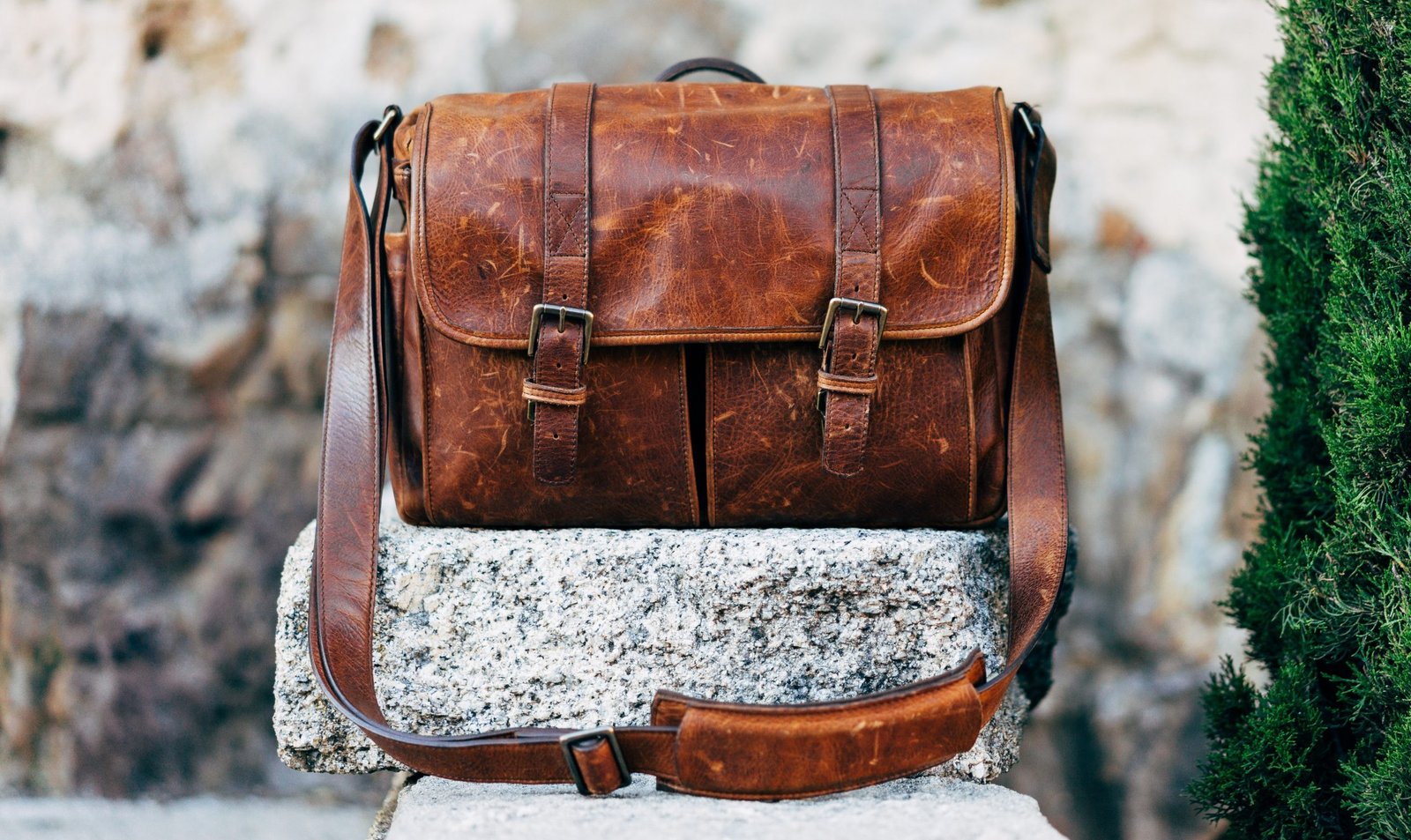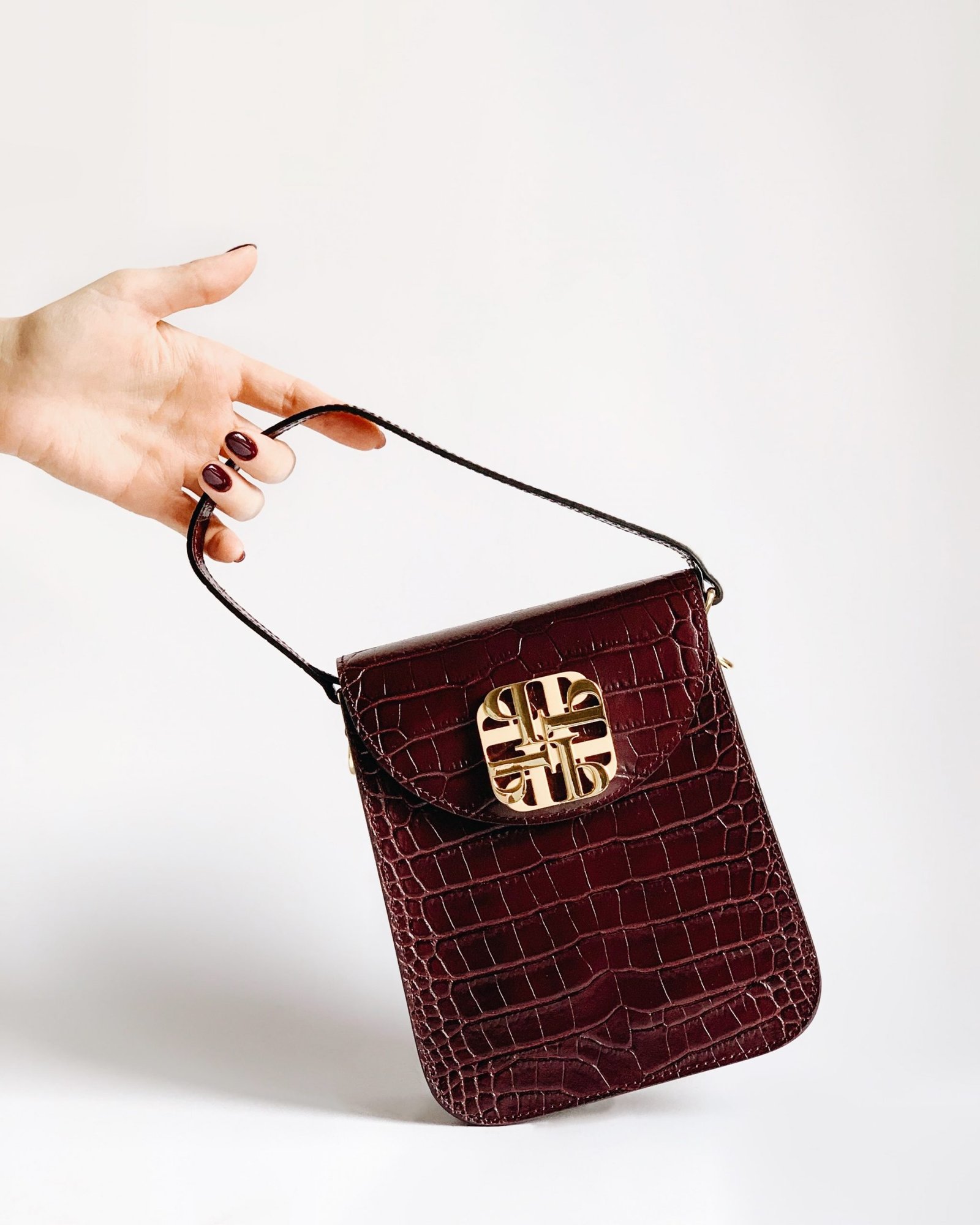
How To Tell If A Leather Bag Is Real Leather Or Fake
If you love to go thrifting, you are likely to run into a great-looking leather jacket, purse, or skirt that has a price that can’t be beaten. But how do you know if what you’ve chosen is the real thing?
Keep reading, and you’ll soon discover that there are several tell-tale signs between real leather products and fake ones.
Then you’ll never have to wonder again if that purchase is a good deal or a raw deal.
Use Your Senses
Start by looking at the product and paying attention to how it feels. Your nose, eyes, and fingers provide the first clues to the difference between authentic and faux leather.
Smell
Genuine leather has a distinct and instantly recognizable aroma. It’s earthy, with a hint of oak. That’s why some perfumers use leather as a base for men’s cosmetics. Fake leather products will often smell more like plastic because it’s made from the same material.
Sight
Full-grain leather appears immediately below an animal’s hairline, and it shows the pores. On close inspection, or with a magnifying glass, you should be able to see the tiny circular openings. Some pores will even have a portion of the hair follicle still attached. Meanwhile, fake leather does not have any holes. It’s completely smooth.
Also, inspect the product’s edges. Rough edges reveal natural leather pieces. Straight, perfect-looking edges will be the fake kind. Nature isn’t as neat as a machine-made product.
Touch
When you slide your hands over a piece of real leather, it can feel soft or rough. That’s not unlike fake leather, which mimics mother nature’s original in those respects. The one tactile quality fake leather cannot imitate is graininess. If you feel some grains underneath your fingertips, you know you have the authentic thing in your hand.
Flexibility and Pattern Consistency
Genuine leather has unpredictable grain patterns. They go up, down, sideways, and all over the place. That’s because true animal hides are also unpredictable. Remember, no two zebras have the same stripes, like no two people have the same fingerprints. Likewise, no two hides have the same grain pattern.
Faux leather has perfect, repeated grain patterns because they are machine-made.
In the same vein, natural leather is flexible and stretchable. It has a give to it, whereas imitation leather is rigid. It may look like leather, but it doesn’t act like leather. Faux leather is a lot less comfortable to wear because of this.
Absorption vs. Reflection
Here’s another way faux leather doesn’t act like real leather. Authentic leather is warm to the touch. That’s because it comes from animal skin, and it absorbs the sun’s rays. Meanwhile, imitation leather remains cool because sunlight reflects off it. The temperature of both will go up when exposed to direct sunlight or heat, but genuine leather will feel warm regardless of ambient temperature.
Labeling
It’s taken me a long time to get to this obvious way of determining if the leather jacket, women’s leather handbag, or men’s leather briefcase you’re considering is natural or fake. But one of the easiest ways is to look at the tag or lack thereof.
Buying products directly from a well known brand is the best way to make sure the materials used are real and that they meet your expectations. If you are buying a luxury leather briefcase bag, wallet or jacket, look for a tag that indicates its genuineness. Similar items that do not contain a label or have one that says “man-made” should give you a pretty good notion that it’s not an authentic animal hide.
Manufacturers and well known brands want their clients to know their goods are authentic and so attaching a labels is important to them.
Price Tag
Some imitation leather goods can be expensive. Despite this, price is another way to determine whether a piece is real leather. Authentic leather will almost always cost more than faux leather.
Even in a thrift store, genuine leather items will be more costly than the fake stuff on the shelves. Check the price tag and determine if the cost is worth it or if someone is trying to extract more than a piece is worth. If you find a piece that is marked down too much, you can almost bet it won’t be natural.
If you want to hone your identification skills between real and faux leather products, I recommend studying the pieces already in your collection. Look, feel, and smell the leather items you have and compare those to the products you know are imitations. Remember, there are tell-tale signs that indicate whether a piece is genuine. They include grain consistency, rough edges, warmth, and the presence of tiny pores.











